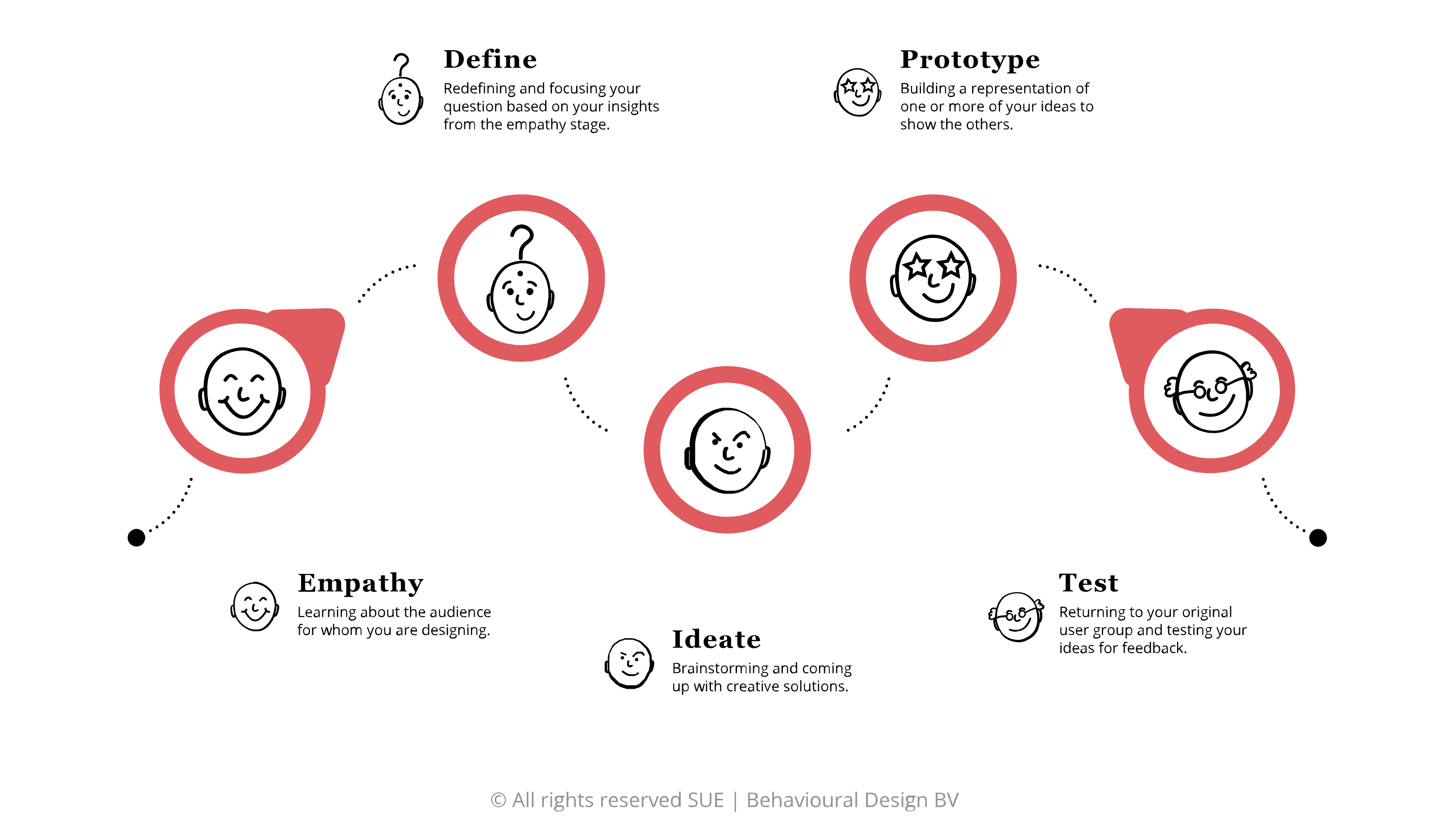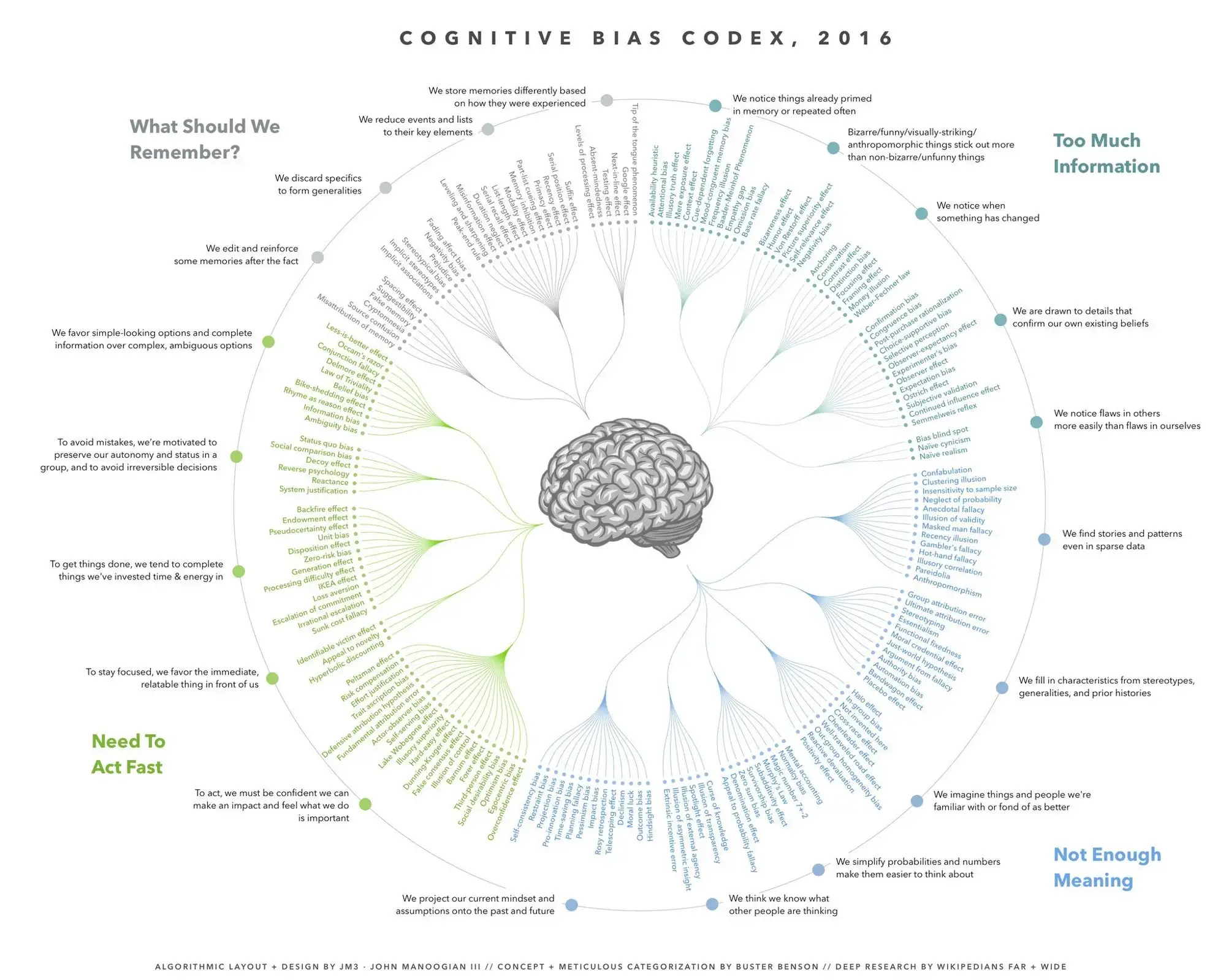Behavioral design is a multidisciplinary field that seeks to understand and influence human behavior.
By leveraging principles from design, psychology, economics, user experience, and computer science, behavioral design aims to create interventions that help people make better decisions and improve their overall well-being.
The practice operates on the premise that humans are not always rational actors and that their decision-making processes are heavily influenced by emotions, social norms, and cognitive biases.
Through this understanding, behavioral design offers practical tools and techniques to nudge individuals toward more desirable behaviors without limiting their freedom of choice.
The Science Behind Behavioral Design
At its core, the practice is built upon insights into how people think and act. Unlike traditional approaches that assume rational decision-making, behavioral design acknowledges the complexity of human behavior, factoring in:
- Cognitive biases: Systematic errors in thinking that affect decisions and judgments.
- Emotions: Powerful drivers of behavior that often override logical reasoning.
- Social norms: The unwritten rules of behavior in a group or society.
By examining these factors, behavioral designers craft interventions that subtly guide individuals toward making better choices.
Key Principles
Behavioral design relies on several foundational principles, including choice architecture and incentives.
Choice Architecture: Shaping the Decision-Making Environment
Choice architecture refers to the way options are presented to individuals. By thoughtfully designing how choices are framed, behavioral designers can influence decisions without restricting freedom. This subtle nudge encourages better outcomes while preserving autonomy.
For example:
- Restaurant Menus: A restaurant aiming to promote healthier eating might list nutritious options at the top of the menu, accompanied by colorful images and appealing descriptions. This approach makes the healthier options more prominent and enticing.
- Default Settings: Automatically enrolling employees in a retirement savings plan with an option to opt out increases participation rates. The default setting leverages inertia to encourage better financial habits.
Incentives: Motivating Positive Behavior
Incentives, whether rewards or punishments, play a critical role in shaping behavior. Behavioral designers use these motivators to drive desired actions effectively.
Examples include:
- Recycling Discounts: Offering discounts to customers who recycle packaging encourages environmentally friendly practices.
- Health Rewards: Insurance companies providing premium reductions for regular gym attendance incentivize healthier lifestyles.
Applications of Behavioral Design Across Industries
Behavioral design has a wide range of applications, from healthcare to finance. Here are some notable examples:
Healthcare
In the healthcare sector, behavioral design has proven effective in promoting better health outcomes. Interventions like:
- Text Message Reminders: Automated reminders for medication adherence or upcoming appointments help patients manage chronic conditions.
- Personalized Feedback: Tools that provide individuals with insights into their health metrics encourage proactive management of well-being.
Education
In education, behavioral design fosters student engagement and performance through techniques such as:
- Timely Feedback: Providing students with immediate and constructive feedback helps them stay motivated and address challenges effectively.
- Gamification: Incorporating game-like elements into learning experiences boosts participation and retention.
Energy Conservation
Behavioral design promotes sustainability by encouraging energy-saving behaviors. For instance:
- Real-Time Feedback: Devices that display real-time energy consumption data make users aware of their usage patterns, leading to reduced consumption.
- Social Comparisons: Showing households how their energy usage compares to neighbors fosters competition and motivates conservation.
Finance
In the financial sector, behavioral design helps individuals make smarter money decisions. Examples include:
- Personalized Advice: Financial institutions offering tailored investment suggestions empower customers to save and invest wisely.
- Savings Tools: Apps that round up purchases and save the difference make saving money effortless.
The Process
Behavioral design involves a systematic approach to understanding and influencing behavior. Key steps include:
- Research and Insights
- Conducting qualitative and quantitative research to uncover the underlying drivers of behavior.
- Identifying pain points and opportunities for intervention.
- Ideation and Prototyping
- Developing creative solutions based on behavioral insights.
- Prototyping interventions to test their feasibility.
- Experimentation and Testing
- Running experiments, such as A/B testing, to assess the impact of interventions.
- Iterating based on data and user feedback.
- Implementation and Scaling
- Rolling out successful interventions on a larger scale.
- Continuously monitoring and refining strategies.
The Role of Technology in Behavioral Design
Technology plays a crucial role in enabling the practice. Tools like mobile apps, wearable devices, and data analytics platforms provide designers with the means to:
- Deliver personalized interventions at scale.
- Collect and analyze behavioral data for insights.
- Provide real-time feedback to users.
For example, fitness trackers like Fitbit use behavioral design principles to encourage physical activity. By setting daily step goals, providing feedback, and incorporating social elements, these devices motivate users to adopt healthier habits.
Ethical Considerations
While behavioral design offers immense potential, it also raises ethical questions. Designers must:
- Respect Autonomy: Ensure interventions do not manipulate or coerce users.
- Promote Transparency: Clearly communicate the purpose and mechanics of interventions.
- Prioritize Well-Being: Design with the user’s best interests in mind.
The ethical practice of behavioral design ensures that interventions are beneficial, fair, and respectful of individual agency.
Conclusion
Behavioral design is a powerful approach to understanding and influencing human behavior. By combining insights from psychology, design, and technology, it provides practical tools for addressing complex challenges across various industries. From improving health outcomes to promoting sustainability, behavioral design empowers individuals to make better decisions and achieve their goals.
As the field continues to evolve, it holds the promise of driving meaningful change in society. By prioritizing ethics and leveraging technology, behavioral designers can create interventions that truly enhance well-being.
Further Reading and Resources
- Nudge Theory: A Primer
- Behavioral Design and Its Applications
- The Role of Cognitive Biases in Decision Making
- Choice Architecture in Practice
- Designing for Behavior Change
If you want to know more about this topic, please check out the SUE website, The owners of the above image and with a lot of experience in this field.

